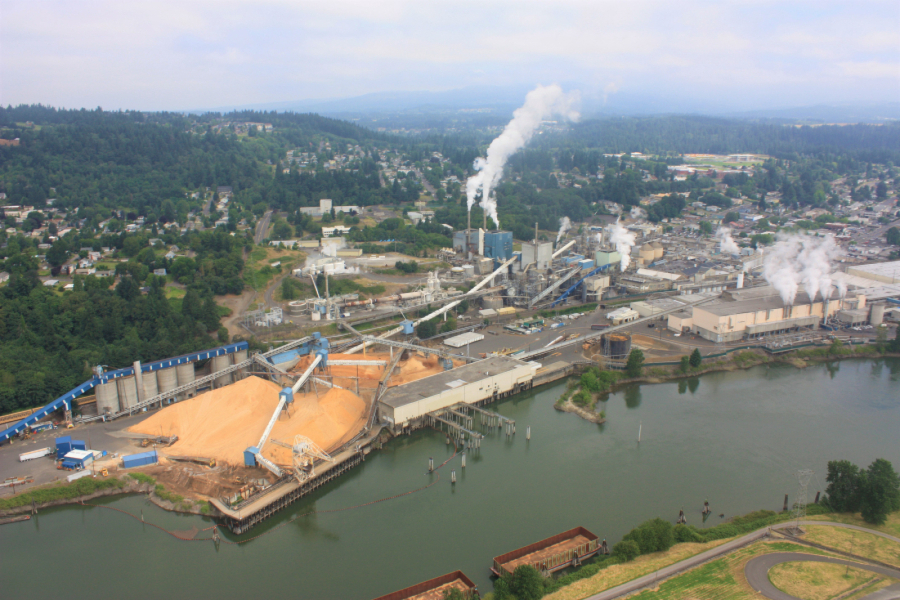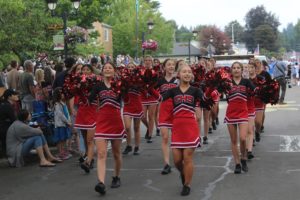Camas-area residents eager to see environmental cleanup work being done at the Georgia-Pacific (GP) paper mill site will likely need to settle for “later rather than sooner.”
“The timing of these things vary greatly, but I think we all need to get into the mindset that it’s going to take a lot of time for this to happen,” Alan Hughes, a principal geologist with the Vancouver-based Maul Foster & Alongi consulting group, told members of a community advisory group formed to help guide public participation during the first stages of the state’s environmental cleanup plan for the historic downtown Camas paper mill, on Thursday, Jan. 13. “We are at the beginning stages … and it isn’t always linear.”
David Ripp, the executive director of the Port of Camas-Washougal, and one of three elected officials taking part in the newly formed community advisory group, asked Hughes if the consultants had a general timeline of the cleanup process.
“It could be done in two years, if not much contamination is present, or they can last decades,” Hughes said. “It’s hard to say. Also, because GP is still operating and there are areas that won’t be investigated, this is sort of an interim step.”
As soon as GP decides to stop operating in Camas – “in five years, 10 years, 100 years, whenever it is,” Hughes said – the company and the Washington State Department of Ecology (Ecology) will complete the remainder of the environmental cleanup work at the Camas mill site.



